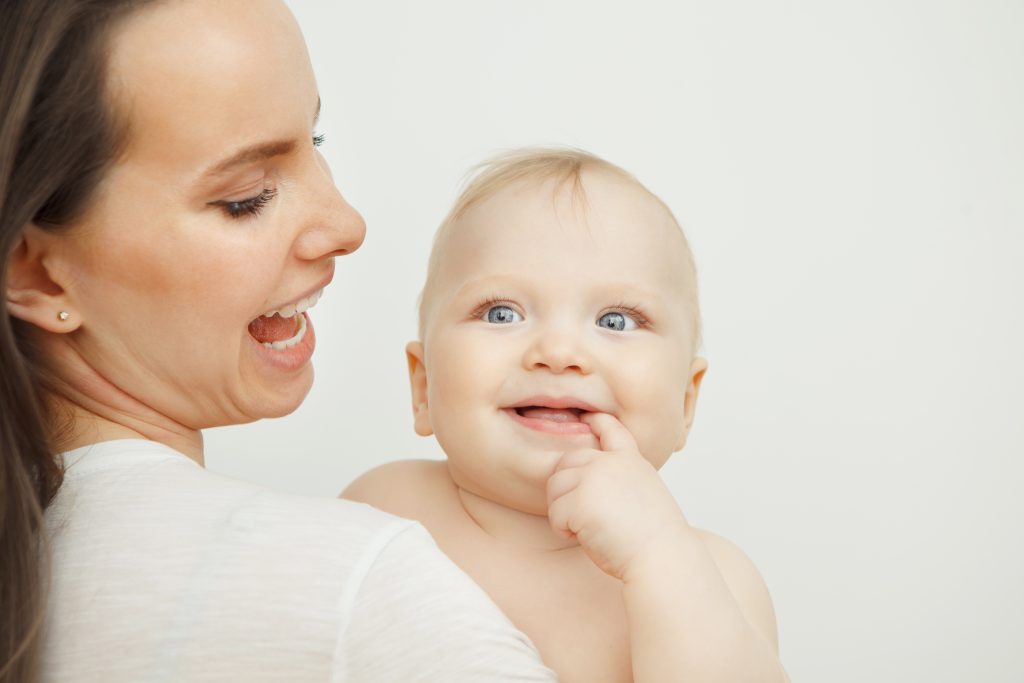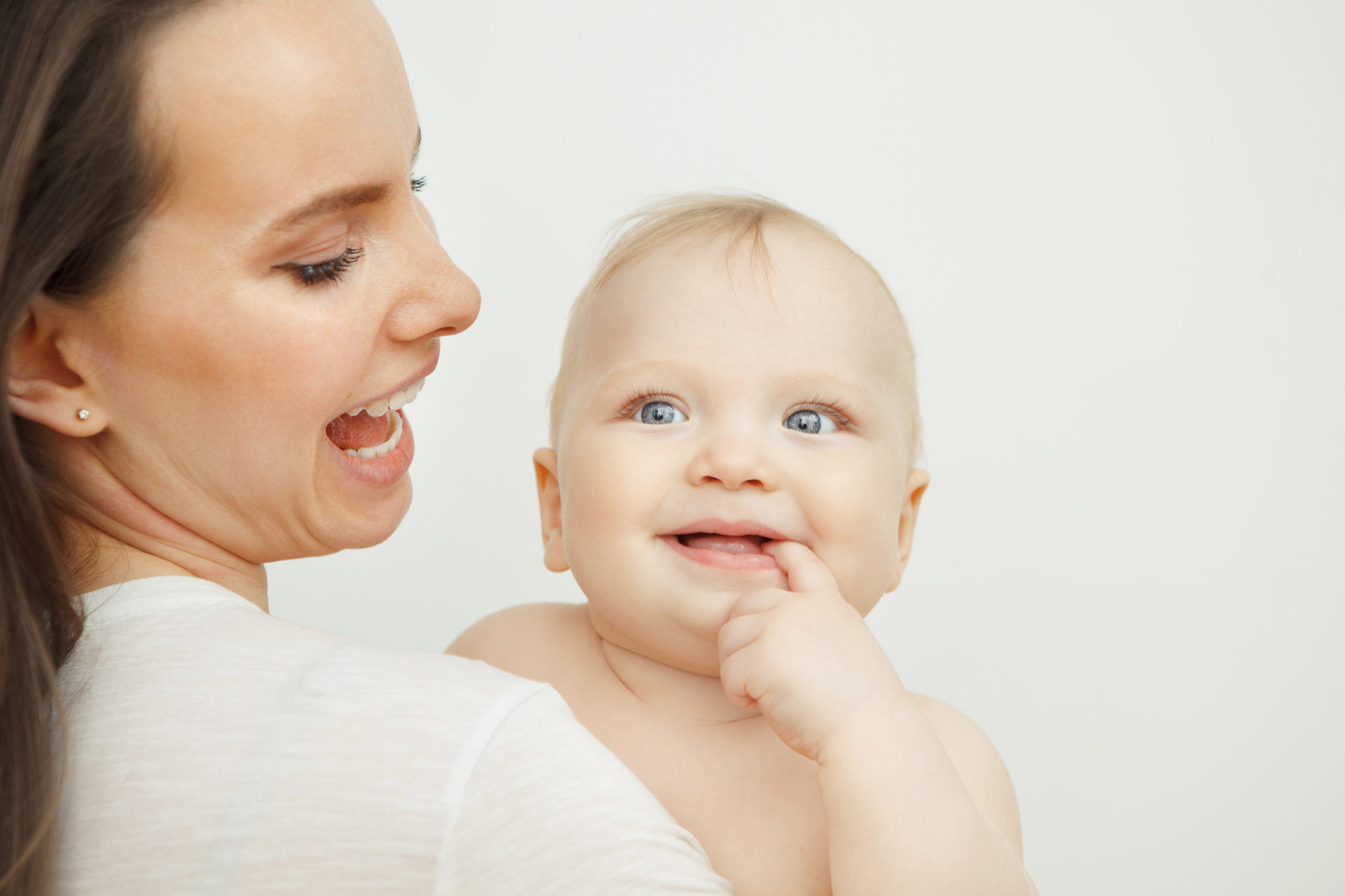
Isn’t it amazing the way our teeth arrive as if on cue? Nature is so smart! Our baby teeth are designed to carry us through the first twelve years when our jaws are too small to fit the large permanent teeth. This first set of teeth allow us not only to practice taking care of our teeth, but are natural space savers while our permanent teeth develop.
The first phase of tooth transition occurs typically around kindergarten/first grade when the permanent first molars come in. These teeth do not replace any baby teeth, but erupt behind the last baby tooth. You’ll notice they are much bigger than the baby teeth and maybe a bit more yellow in color.
By around 3rd grade, the permanent incisors have erupted… we lovingly call this stage the “Ugly Duckling Stage.” Often the front teeth stick straight out with all sorts of spaces and twisty turns, resulting in a gap tooth, bucktooth, mess-of-a-smile that is absolutely adorable and completely NORMAL at this age.
Orthodontists like to evaluate these kids to ensure that the permanent teeth are on the path to normal eruption. Most do not need treatment, but if we detect an eruption issue it can often be easily addressed at this age. The goal here is not to give them a “Hollywood” smile for their 4th grade pictures but rather to set the stage for proper dental development later on down the road.
The tooth fairy gets about a two year break between ages 8 and 10. At this time, the remaining teeth begin to loosen and the permanent teeth replace them. This conveniently corresponds, in most cases, with the pubertal growth spurt. We like to time orthodontic treatment with these two events so that we can straighten all of the permanent teeth while taking advantage of the growth spurt.
Because dental development is different for every child, we like to begin evaluating your child at age 7. For most children, this is a time for us to monitor the development of the permanent teeth and anticipate any major problems.
If you have any concerns about the growth or the eruption of your child’s teeth, please ask us at your child’s next recall visit.

